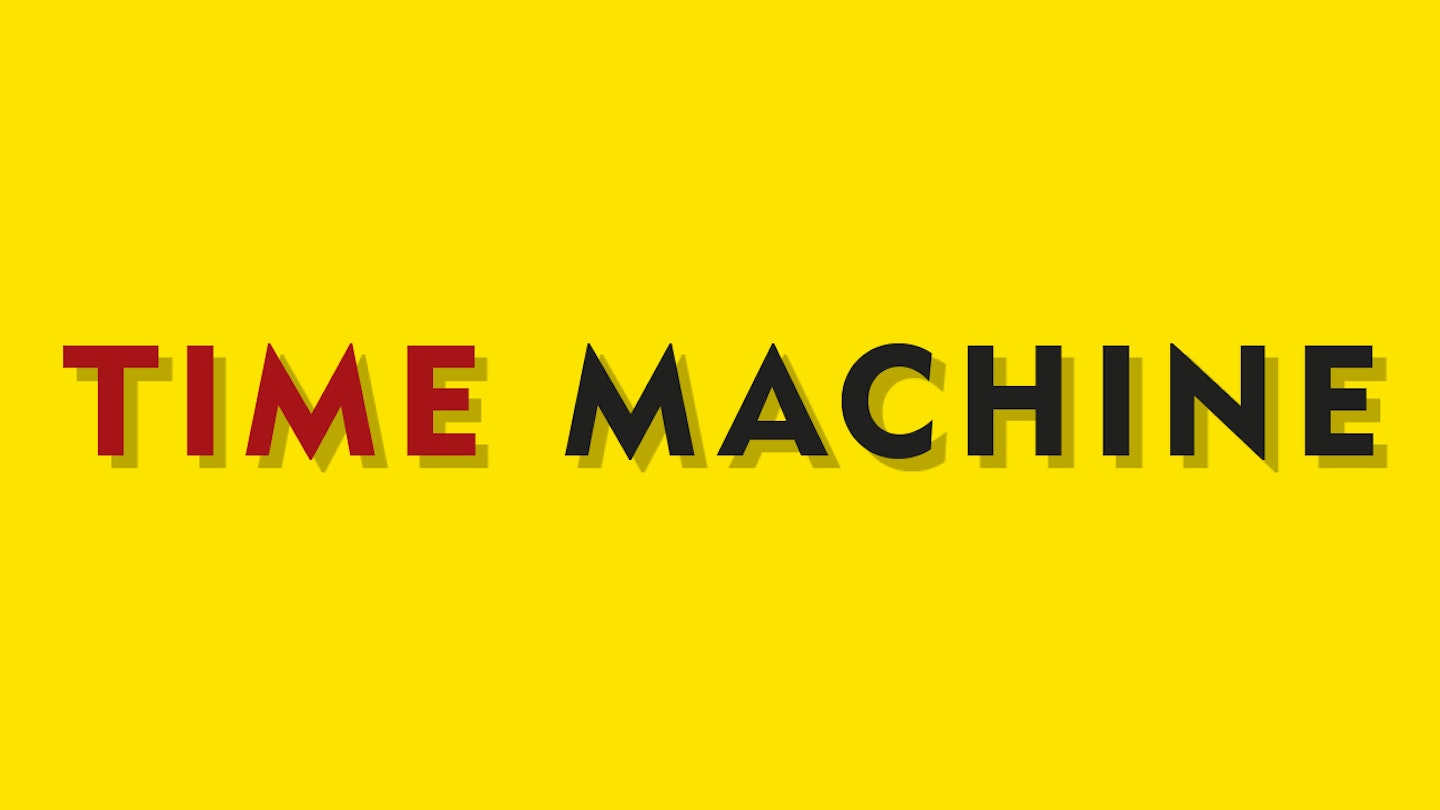23 November, 1974
Perhaps if Billy Swan hadn’t quit his job as janitor at Nashville’s Columbia Studios things might have been different. But he did, halfway through the recording of Dylan’s Blonde On Blonde. And things worked out fine both for him and Kris Kristofferson, who moved in immediately as his broom-wielding replacement.
Swan, who hailed from Cape Girardeau, Missouri, had been a hit provider since he was a teenager. “At 16, I went to Memphis with some friends, The Rhythm Steppers, whom Bill Black heard and liked,” he recalled. “He’d started his own label, for tax purposes more than anything, I guess. We went into Satellite Studios, where Chips Moman was the engineer and Bill produced a track for them. But they only had one song and, after that, it was like, What now? The guys then told Bill that I wrote songs and he said, ‘Go ahead – play me some.’ I got on the piano and did three songs, including Lover Please.”
I figured that show business was the easiest thing in the world
Billy Swan
Bill Black published the song but Lover Please wasn’t a hit until Clyde McPhatter took it into the Top 10 during 1962. “I figured that show business was the easiest thing in the world,” Swan recollects.
In Memphis, the amiable Swan got chatting to Travis Smith, Elvis’s uncle who watched the gate at Gracelands: “I ended up living there,” he says, “watching the gate sometimes at night.”
Next came the move to Nashville, where Grady Martin, Floyd Cramer, Bob Moore, Harold Bradley and Ray Endenton would be doing three or four sessions a day. “Then Jerry Kennedy, Norbert Putnam, Kenny Buttrey, David Briggs, Wayne Moss and others started moving in and for a while it became a little uptight,” recalls Swan. “There’s been other changeovers of musicians since but I think it’s all been good for Nashville, I won’t put the place down.”
It was still easy for Swan. Once asked to produce an act that nobody had ever had much luck with, Billy agreed and during 1969 produced Tony Joe White’s Polk Salad Annie along with three albums for the self-styled Swamp Fox.
It was during one of his stints as a sideman with Kris Kristofferson that Swan recorded the cheesy-organ flavoured I Can Help for Monument Records. “Kris and Rita Coolidge bought me a little RMI organ for a wedding present,” he explained. “I just started playing chords and pretty soon some words came out. I did it in two takes and didn’t overdub the vocals.”
Released in September, by November 23 I Can Help was at Number 1 on the Billboard charts. Easy-going Swan remained oblivious for a while to the impact the single was making until the phone calls from the media noticeably began intruding into his laid-back life. He was happier about the way I Can Help swung things around for him at Monument Records, as Swan had been trying to land an album deal. “Kris and Rita took a tape to A&M and they were kind of interested but wanted a single first,” he said.” Then I was flown out to see Jeff Barry and we worked together for a few days but eventually I went back to Nashville and did a single, a song called Wedding Bells that Hank Williams did. Nothing happened so I went in and cut I Can Help, my second single. When it got halfway up the charts in the States, Monument said, ‘OK you can do your album now’ – so, at last I went in and finished enough songs for the album.”
The album, unsurprisingly also titled I Can Help, topped the US country charts for a couple of weeks, boosted not only by the title track but also a killer cover of Don’t Be Cruel, a version so slow that you could practically play Elvis’ original rendition between each line, Buddy Emmons playing his opening organ chord for a full 35 seconds before moving up a gear.
Since that time Swan has been connected with plentiful Nashville projects, appearing in David Lynch’s film Wild At Heart, and touring with the likes of Kinky Friedman, country rock superband Black Tie and Harry Dean Stanton.
One question remains to be asked: did Dylan ever speak to Billy Swan amid those Blonde On Blonde sessions? Apparently he did. “He asked me if I’d run somebody out of the studio who kept looking through the window at him.” So now you know.
